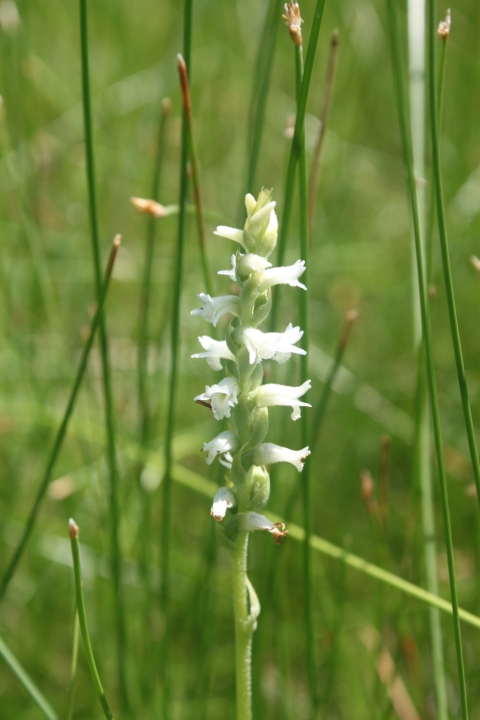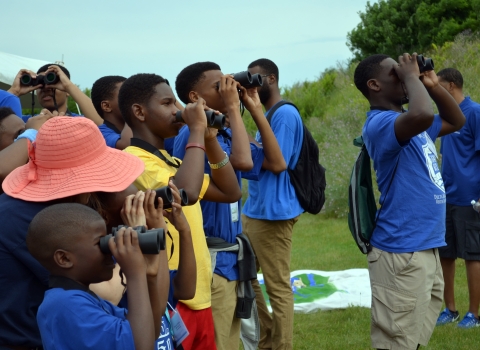Tucson — Following a 60-day public comment period, the U.S. Fish and Wildlife Service (Service) has finalized a recovery plan and implementation schedule for the Canelo Hills ladies’-tresses (CHLT) (Spiranthes delitescens), which is a wild orchid native to southeastern Arizona’s ciénega habitats.
The Final Recovery Plan and Implementation Strategy lay out a journey to recover the CHLT with seven objectives. These include working with partners to increase the total population number, and increasing the number of populations. To accomplish this, the plan calls on partnerships to conduct propagation and reintroductions, restore and manage the quantity and quality of ciénega wetlands, purchase lands and water rights, create conservation easements, conserve water flows, and remove invasive plants.
Through the actions identified in the final recovery plan, the Service expects the status of the CHLT to improve, and the ciénega communities in southeastern Arizona will benefit from a more robust and sustainable water supply.
Recovery plans are not regulatory but provide a framework for the recovery of a species with criteria and actions necessary for its recovery, or delisting, under the Endangered Species Act. They also establish a framework for agencies and cooperators to coordinate their recovery efforts and provide estimates of the cost of implementing recovery actions. This recovery plan for the CHLT was developed in partnership with species experts and land managers to provide site-specific management actions, objective and measurable recovery criteria, and estimates of time and cost to recover the species.
The CHLT was listed as endangered in 1997, and is threatened by a variety of causes, including loss or reduction of ciénega or desert wetland habitat, herbivory or seed predation, pollinator decline, low numbers and limited distribution, and drought and climate change climate change
Climate change includes both global warming driven by human-induced emissions of greenhouse gases and the resulting large-scale shifts in weather patterns. Though there have been previous periods of climatic change, since the mid-20th century humans have had an unprecedented impact on Earth's climate system and caused change on a global scale.
Learn more about climate change . Since its listing, the Service has worked with partners including The Nature Conservancy, the U.S. Forest Service, the Desert Botanical Garden, and private landowners to periodically monitor populations. In addition, several projects are underway to better understand water supply at two ciénegas supporting the species, grow seeds collected for conservation, and detect populations that may be dormant underground.
The recovery plan is available at https://ecos.fws.gov/ecp/species/8098. The Service remains interested in information regarding the status and conservation of, and any potential threat to the CHLT. Please submit information by email to incomingazcorr@fws.gov.




